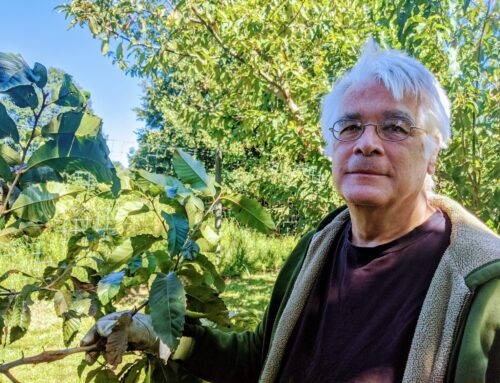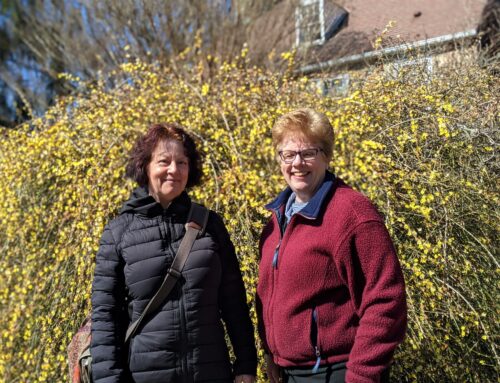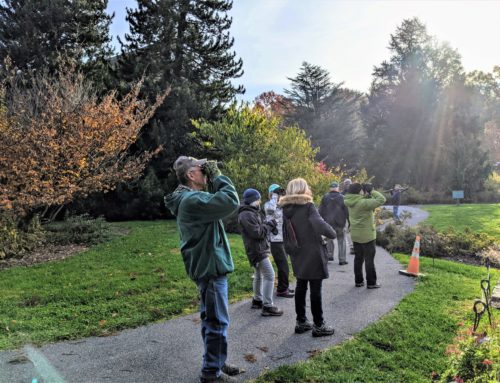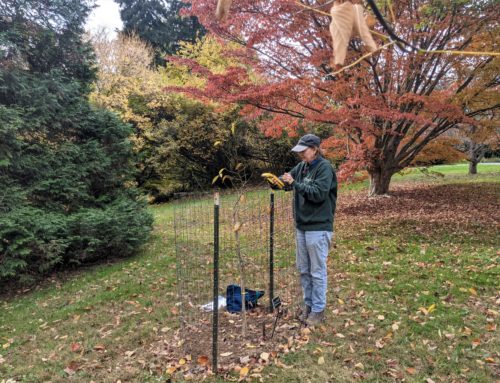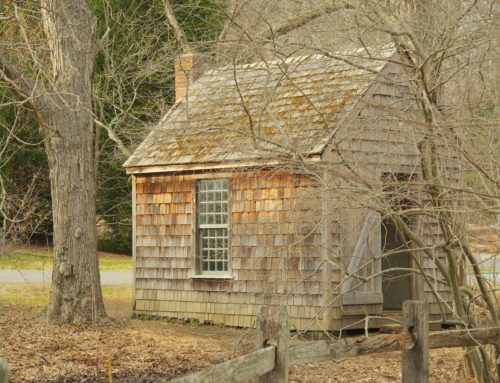There are more and more headlines each year that confirm the data – it’s a sticky future for maple syrup. Researchers from universities and federal agencies all report that changes in weather conditions are impacting sugar maple trees and sap production. In the United States, we are seeing fewer trees, reduced tree health and growth, shortened tapping seasons, and decreased sap quality and quantity. These changes could lead to lower rates of syrup production, with some areas in the southern half of the sugar maple’s range becoming unsuitable for production.
For more on the history and production of maple syrup, please view this video from Cornell University:
Scientists studying the maple trees at the Arnold Arboretum of Harvard University are gaining better insights into the response of maples to climate stress, but are still concerned about how environmental factors will challenge all woody plants as climate continues to change. Researchers at Dartmouth College used climate models to predict that by 2100, the maple syrup season will come a whole month earlier than it does now. NPR reports that it could take another 80 years for the demise of sugar maple trees to occur. But with the declining sugar maple habitat due to climate change, work published by Ohio State determined that it would take an additional five million taps to maintain current U.S. production levels of maple syrup. Additionally, there are other events that react with climate change that would wipe out the trees. Climate Central reports on the possibility of an invasive pest arriving that sugar maples don’t have natural defenses for, and a risk of drought and fires.
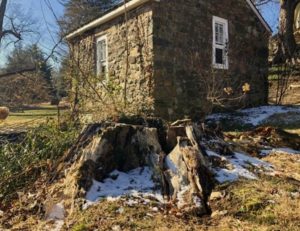
We could sit around and wait for maple syrup to vanish from grocery store shelves or, better yet, we could assist scientists with their sugar maple research!
Nature’s Notebook is a citizen science project of the USA National Phenology Network. By looking at trees in your own neighborhood, you can contribute to studies on phenology, the cyclical changes in plant and animal life. By collecting observations on trees such as the sugar maple, your data helps researchers understand how trees and ecosystems are responding to changing seasonal cycles. Examining the impacts of climate change helps collaborative teams of scientists, managers and policy makers make decisions about how to manage forests, which then can assist areas in determining the economic viability of the maple sugar industry.
So, enjoy your maple syrup on your pancake breakfast, and then head outside and take a walk to contribute to Nature’s Notebook! Together, we can work toward solutions for a future filled with sugar maples.


